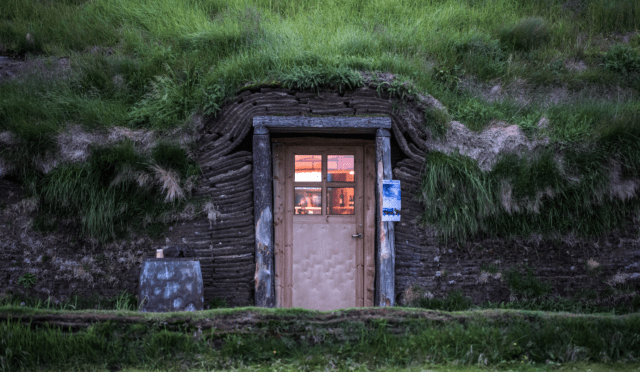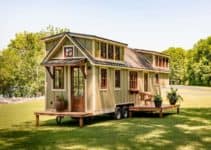The world is growing–but tiny houses are not. While some people drive five-seater cars or own mcmansion homes, a number of individuals aren’t going down that path. Let’s take a closer look at tiny houses. Typically no more than 500 square feet, tiny houses focus on simple living and are built on a trailer or foundations.
There are a number of benefits that come with tiny living. To start, they are highly compatible with an eco-friendly lifestyle. Composting toilets and energy-star appliances work well in small spaces, or tiny homes that intend to go off-grid. A few of the other many benefits include money saved and more quality time spent with loved ones.
However, owning a tiny home is not without its challenges. Despite the many benefits of living in a tiny house, there are a few common challenges that tiny house hopefuls may come across.
1. Finding a Place to Build a Tiny House
Whether you’re a tiny house owner or you’re interested in becoming one, a common scenario that is bound to arise is the need to find a home for your tiny home. Often times, tiny house hopefuls buy or build a tiny home with little thought as to where it will go.
It isn’t as simple as it sounds–there are limited places where it’s actually legal to live in a tiny home. Strict building codes and zoning regulations in certain areas make the process of building tiny tricky, and not always possible.
Zoning Regulations: Laws that define how a lot of land can be used. Tiny houses on foundations often fail to meet the requirements due to size and height of the structure. Tiny houses on wheels are often considered recreational vehicles (RVs), and therefore, do not meet residential zoning requirements.
Building Codes: Regulations in terms of design and construction. If building codes only allow a minimum of 1000 square feet, then it creates problems for the construction of a tiny house.
Luckily for the tiny house movement, public opinion appears to be shifting in favor of tiny houses. More and more tiny house hotels and communities are popping up world wide. To find out the specific codes and regulations regarding your future tiny home, it’s important to do your research. To start, you can contact your local town hall or do an internet search to find out about your local tiny house laws.
2. Shared Spaces Can Be Hard
This challenge comes in the form of close proximity to loved ones, as well as the physical space in terms of keeping activities separate.
The natural intimacy that comes from living with family in a tiny house can be wonderful and tricky at the same time. Wonderful, because having not enough quality time with family isn’t typically an issue.Tricky, because it can be difficult to live in a small space with others. Consider setting boundaries with your loved ones, as well as heading outside for some fresh air every now and then! Tiny living just means you need to be creative and proactive about taking alone time.
A tiny house is just as it sounds–tiny. While it is possible to have a spacious tiny home, it doesn’t mean that it’s always easy to keep activities or work life separate. It can certainly present a challenge if you do your work on the breakfast bar, and have kids who like to do art projects in the same place.
Leaving dinner dishes on the kitchen counter when your partner wants to make a delicious dessert, can also create conflict. In these instances, it’s a good idea to set a rule where one activity must be cleared before another can start. If you work and live in the same space, set times that are dedicated only to work and only to play. These little things can make a big difference in a small space!
3. Choosing Design Over Function
When it comes to living in a tiny house or any small space, incorporating designs that provide some sort of function is key. Great tiny house designs make efficient use of space. For instance, If you focus too much on the fancy shelving, you may miss a great opportunity to get a two-for-one.
To use shelving as an example; shelves or cubbies built into a staircase are the perfect way to gain storage space, as well as access a sleeping loft. Thoughtfully chosen windows can make the difference between great natural light and not enough. It’s the little things that count.
Conclusion
Tiny living is on its way to becoming the future of modern, sustainable living. Our planet is big; but it doesn’t necessarily mean it’s our job as humans to fill it. By choosing a way of living that focuses on high quality features that work together in a small space, we choose a way of living that is more efficient and kinder on our environment. Although tiny houses may come with challenges, the ways we can benefit on both a personal and planet level make it worth it.
Author: Molli McGee
Bio:
Molli is a U.S. citizen currently living in Cape Town, South Africa. Aside from writing about tiny houses, Molli loves to be at the beach and eat food (often at the same time). As an avid surfer and beach-goer, she does her best to promote a sustainable way of living.
Website: www.tinysociety.co



